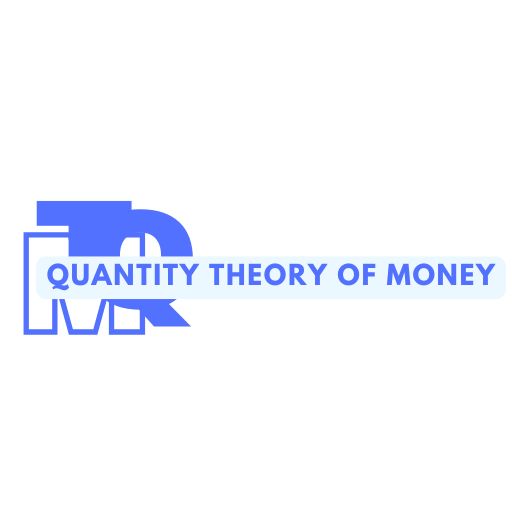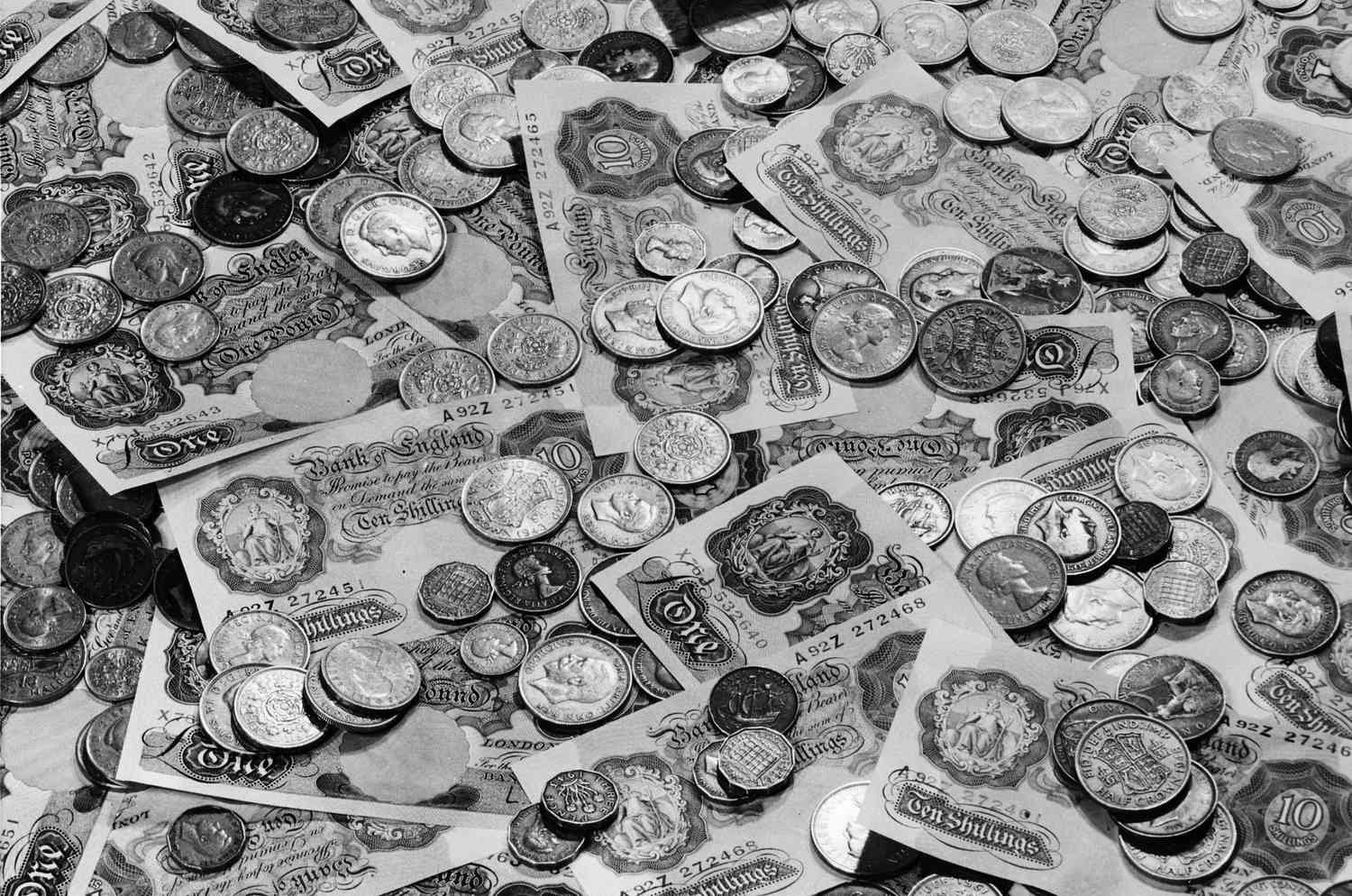The money supply of a country is a major contributor to whether inflation occurs. As a government evaluates economic conditions, price stability goals, and public unemployment, it enacts specific monetary and fiscal policies to promote the long-term well-being of its citizens. These monetary and fiscal policies may change the money supply, and changes to the money supply may cause inflation.
Inflation can happen if the money supply grows faster than the economic output under otherwise normal economic circumstances. Inflation, or the rate at which the average price of goods or services increases over time, can also be affected by factors beyond the money supply.
Key Takeaways
- Inflation occurs when the money supply of a country grows more rapidly than the economic output of a country.
- The Federal Reserve changes the money supply by buying short-term securities from banks to inject capital into the economy.
- The quantity theory believes that the value of money, and the resulting inflation, are caused by the supply and demand of the currency.
- There are situations where increases in the money supply do not cause inflation, but rather other economic conditions, like hyperinflation or deflation, occur instead.
- During COVID-19, the Federal Reserve materially increased the nation’s money supply. As a result, the nation experienced higher-than-usual inflation.
How Money Supply Affects Inflation
The Federal Reserve is responsible for evaluating current market conditions and deciding whether to make changes to the money supply. The Fed makes changes to the money supply by lowering or raising the discount rate banks pay on short-term loans. The Fed also buys or sells securities from banks to increase or decrease the amount of money these banks have in reserves.
When the Fed increases the money supply faster than the economy is growing, inflation occurs. In this situation, the increase in money circulating in an economy is higher than the increase in goods produced. There is now more money chasing fewer goods in this economy.
For example, imagine an economy with $100 and 100 bananas. If everyone were to take their money and buy all bananas, the average price per banana would be $1. Now imagine the government increased the money supply by 10% to $110, but this fictitious economy was only able to grow banana output by 5% to 105 bananas. Since the amount of money increased more than the number of bananas, the average price per banana now increased to roughly $1.05.
Quantity Theory
The theory most discussed when looking at the link between inflation and money supply is the quantity theory of money (QTM).
The quantity theory of money proposes that the exchange value of money is determined like any other good (through supply and demand). The QTM proposes that the exchange value of money is determined by the volume of transactions (or income) and the velocity of money in the economy. The conceptual basis for the quantity theory was initially developed by the British economists David Hume and John Stuart Mill.
The basic equation for the quantity theory is called the Exchange Equation. The equal is also called the Fisher Equation because it was developed by American economist Irving Fisher.
In its simplest form, the formula is:
MV=PTwhere:M=Money supplyV=Velocity of money, an economic term that can broadly be understood as how often money changes handsP=Average price levelT=Volume of transactions for goods and services
Challenges to Quantity Theory
Keynesian and other non-monetarist economists reject orthodox interpretations of the quantity theory. Their definitions of inflation focus more on actual price increases with or without money supply considerations.
According to Keynesian economists, inflation comes in two varieties: demand-pull and cost-push. Demand-pull inflation occurs when consumers demand goods, possibly because of the larger money supply, at a rate faster than production. Cost-push inflation occurs when the input prices for goods tend to rise, possibly because of a larger money supply, at a rate faster than consumer preferences change.
When Changes in Money Supply Do Not Cause Inflation
There are several situations that occur where increases in the money supply do not cause inflation.
- Economic growth may match money supply growth. If the level of economic growth is equal to the level of money supply growth, prices traditionally remain stable.
- There are variations in the velocity of money circulating. In a recession, the Fed may choose to increase the money supply; however, the spending patterns of consumers will vary during this period—including periods of decreased spending due to higher unemployment and less disposable income.
- The economy has spare room to grow. During a recession, an economy is not operating at full capacity. Though an increase in the money supply provides additional resources, there may be minimal to no demand for additional capital as the economy grapples with stunted economic growth.
Other Impacts of Money Supply Changes
In addition to inflation, changes to the money supply may result in similar economic conditions. If the difference between the money supply and economic growth grows wide enough, the value of a currency begins to rapidly deteriorate and the country enters into a period of hyperinflation.
Alternatively, changes in the money supply can cause deflationary periods. The Fed can raise interest rates or decrease security purchases from banks. Both of these practices decrease the money supply. When the money supply decreases, there is less competition for goods and prices traditionally fall.
Example of Money Supply Impacting Inflation
As the world grappled with COVID-19, the Federal Reserve enacted policies to combat the financial implications of the pandemic. In March 2020, the Fed announced it would keep its federal funds rate between 0% and 0.25%. It also announced plans to purchase at least $500 billion of Treasury securities over the coming months.
Money Supply Growth
In February 2020, the United States’ M1 money supply was a little over $4 trillion. Due to the massive policy response to COVID-19, the M1 money supply more than quadrupled by June 2020 to $16.6 trillion, peaking at around $20.5 trillion in 2022. The M1 money supply has since come down to $18.1 trillion as of September 2024.
As the Fed continued to promote economic growth, the United States emerged from the pandemic. After peaking at 14.7% in April 2020, the nation’s unemployment rate dropped to 6.0% just 12 months later. After falling for two consecutive quarters, GDP increased starting Q3 2020.
However, in exchange for promoting economic growth during this period, the nation began to experience price instability. In May 2020, the 12-month percentage change in the Consumer Price Index was 0.1%. This rate grew to 9.1% in June 2022. The nation had successfully navigated the economic downturn, but the growth in the nation’s money supply had caused inflation. As of September 2024, the inflation rests at a stable 2.4%.
Does Printing Money Cause Inflation?
Yes, “printing” money by increasing the money supply causes inflationary pressure. As more money is circulating within the economy, economic growth is more likely to occur at the risk of price destabilization.
What Happens If Money Supply Growth Exceeds the Growth of the Overall Economy?
If the money supply grows faster than overall economic growth, inflation will occur. If the difference between the money supply growth and the growth of the economy becomes too wide, hyperinflation occurs.
Are Money Supply and Inflation Related?
Yes, the money supply and inflation are related. To combat unemployment, the Federal Reserve increases the money supply, promotes economic growth, and makes debt cheaper; however, these policies have the potential to cause inflation. Alternatively, to combat inflation, the Federal Reserve tightens the money supply, constricts economic growth, and risks increasing unemployment.
How Do Interest Rates Affect Inflation and Money Supply?
The Federal Reserve changes the federal funds rate to make it more or less expensive to incur debt. When the Fed raises interest rates, it becomes more expensive to incur loans, more difficult for companies to grow, and more difficult for inflation to occur. When the Fed lowers interest rates, it promotes economic activity, though this is more likely to cause prices to rise.
The Bottom Line
When the Federal Reserve increases the money supply, inflation may occur. More often than not, if the Fed is attempting to stimulate the economy by growing the money supply, prices will increase, the cost of goods will be unstable, and inflation will likely occur.




